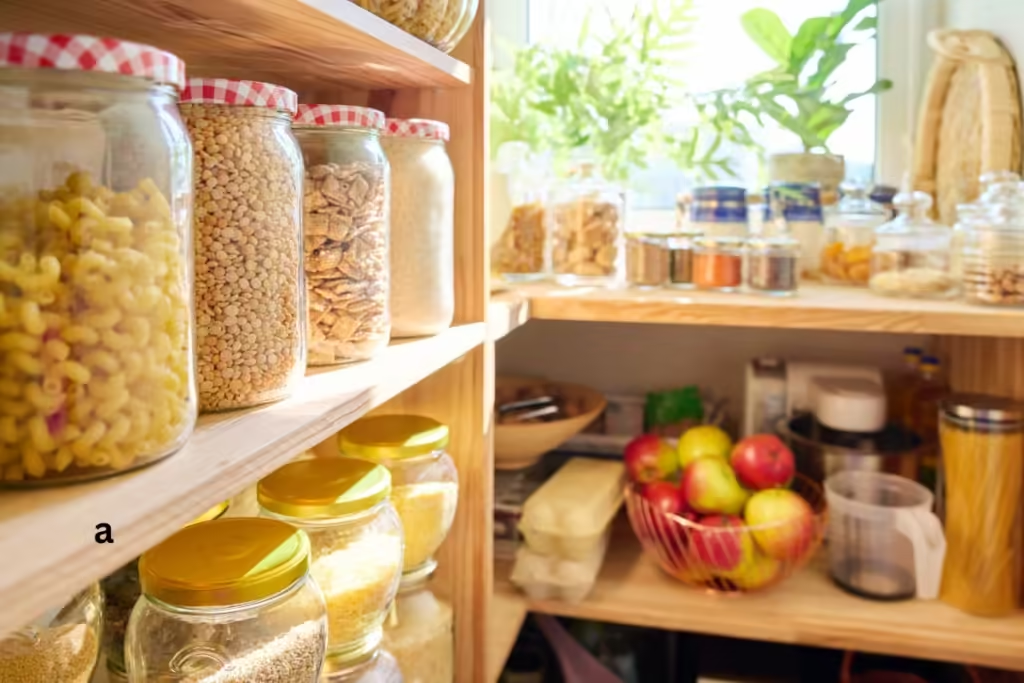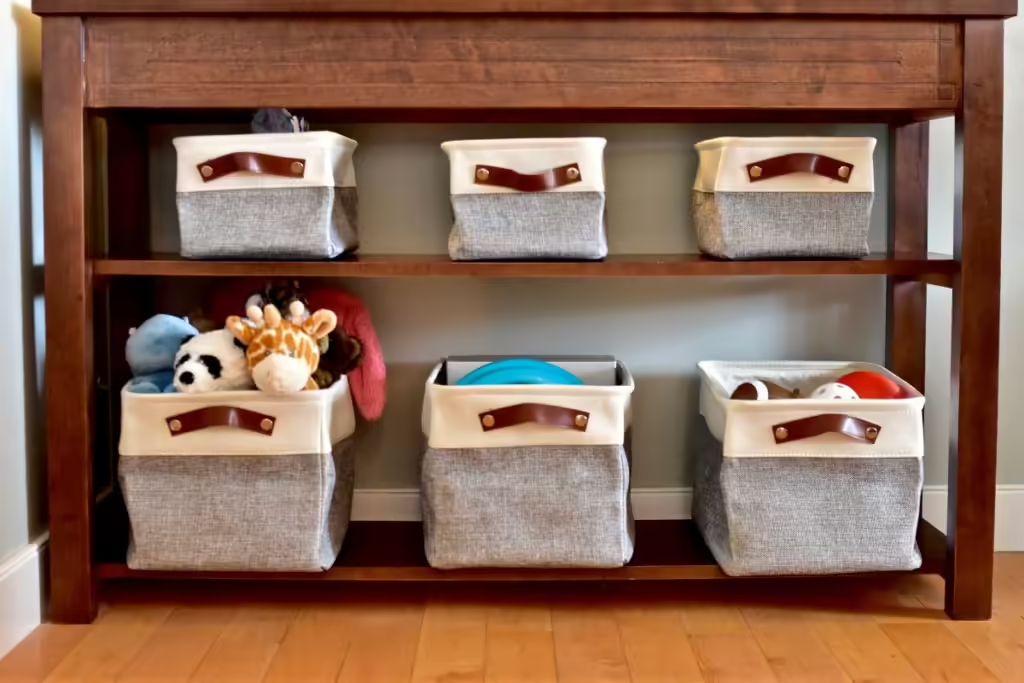
DIY Home Decorating Ideas: 11 Creative and Budget-Friendly Ways to Transform Your Space
Introduction
Are you ready to transform your living space without breaking the bank? Look no further! DIY home decorating ideas are your ticket to a stunning, personalized space that reflects your style and creativity. Whether you’re a seasoned decorator or just starting out, these DIY home decorating ideas will guide you through simple yet effective ways to refresh every room in your home.
From the moment guests step through your front door, you want your home to make a great first impression. With a few clever tricks, like a bold coat of paint or a well-placed mirror, you can create a warm, inviting atmosphere that leaves everyone in awe. And the best part? These DIY home decorating ideas are budget-friendly, allowing you to achieve a designer look without the hefty price tag.
In this guide, we’ll share 11 DIY home decorating ideas that will breathe new life into your space. Whether you’re aiming to make your room look bigger, add a splash of color, or create a cozy, welcoming environment, our tips have got you covered. Get ready to dive into the world of DIY home decorating ideas and unlock the potential of every corner of your home!
Transform Your Entryway with a Fresh Coat of Paint
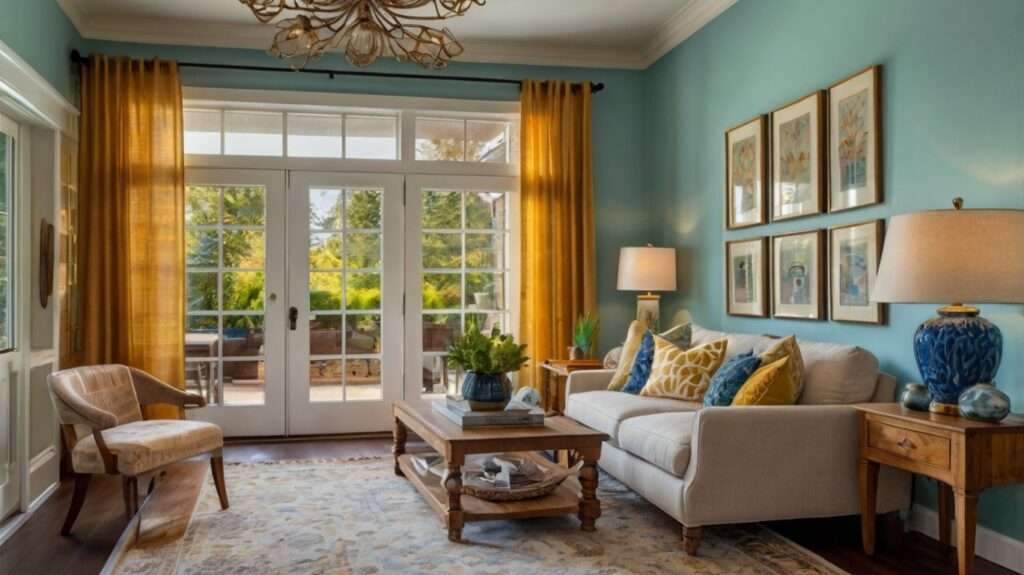
Your front door is the first thing people notice when they approach your home, so why not make it a statement piece? A glossy, vibrant color like red, orange, or yellow can instantly add charm and character to your home’s exterior. These welcoming hues not only catch the eye but also set the tone for what’s inside. If your front door is currently paired with an outdated screen door, consider replacing it with a sleek storm door featuring full-length glass. This upgrade not only modernizes your entryway but also enhances the overall curb appeal of your home.
Choosing the Right Paint Color for Your Entryway
The color of your front door should complement the overall exterior of your home. Bold colors like red, orange, or yellow make a dramatic statement, while neutral tones such as navy, charcoal, or white offer a more timeless appeal. When selecting the perfect shade, consider the surrounding elements like your siding, trim, and landscaping to ensure a cohesive look.
Tips for Painting Your Front Door Like a Pro
Preparation is key to achieving a flawless, long-lasting finish on your front door. Start by sanding the surface to remove any old paint or imperfections. Next, apply a primer to ensure the paint adheres properly and lasts for years to come. When it’s time to paint, opt for a high-quality exterior paint that’s designed to withstand the elements. Use even, smooth strokes, and allow sufficient drying time between coats for the best results.
Choose Light and Neutral Colors for Your Walls
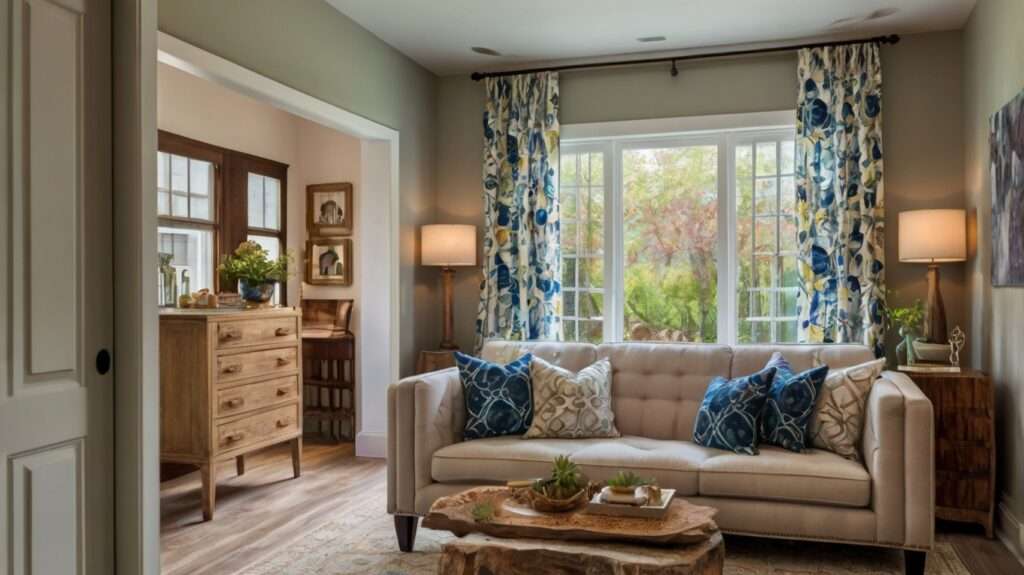
One of the simplest yet most impactful ways to refresh your home’s interior is by painting your walls. Light and neutral colors, such as beige or gray, are perfect choices, particularly on the first floor, where the flow from room to room is essential. These tones act as a versatile backdrop, providing a blank canvas that allows you to easily update your decor and accessories as trends evolve. Not only do these shades create a sense of openness and continuity, but they also enhance the natural light in your space, making it feel brighter and more inviting.
Creating Seamless Color Transitions Between Rooms
To achieve a cohesive look throughout your home, consider using paint strips to find subtle variations of the same color. This approach allows for smooth, seamless transitions between rooms, maintaining a harmonious flow. By sticking to a consistent color palette, you can create a unified and elegant atmosphere that feels connected and balanced.
Accent Walls: When and How to Use Them
While light and neutral colors are great for overall wall coverage, accent walls can introduce drama and depth to your space. Accent walls work best in areas where you want to draw attention, such as behind a headboard in a bedroom or a fireplace in a living room. When choosing an accent color, opt for a shade that complements your main wall color without overpowering it. This technique allows you to add personality and visual interest to a room without disrupting the overall harmony of your design.
Arrange Furniture for Cozy Conversations
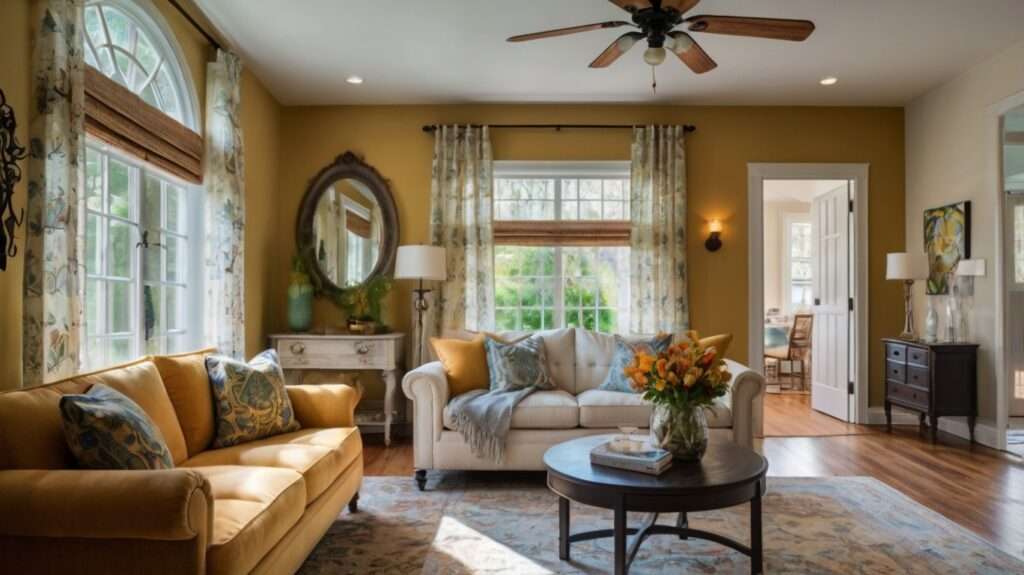
Your living room should be a welcoming space where people feel comfortable gathering and chatting. To foster this sense of connection, arrange your furniture to create a cozy conversation area. Consider layouts like a U-shape or H-shape, where a sofa and chairs face each other, inviting guests to relax and engage. One common mistake is pushing furniture against the walls; instead, try floating pieces away from the walls. This technique can actually make the room feel larger and more inviting by creating a more intimate and functional seating arrangement.
Optimal Furniture Layouts for Small Spaces
When dealing with limited space, it’s essential to choose layouts that maximize both comfort and functionality. Opt for furniture arrangements that encourage conversation without overcrowding the room. Small-scale pieces, such as loveseats or slipper chairs, can be strategically placed to create a cozy, yet spacious, conversation area that doesn’t compromise on style or comfort.
The Impact of Furniture Placement on Room Flow
The way you place your furniture can significantly influence how people move through your space. Proper placement not only improves the flow of the room but also makes it feel more open and accessible. Thoughtfully arranging your furniture can enhance the overall ambiance, making your living room a more inviting and functional area for both family and guests.
Brighten Your Rooms with Natural Light

Nothing transforms a space quite like natural light. It has the power to make any room feel more open and airy, enhancing the overall ambiance of your home. To maximize the sunlight streaming into your rooms, choose lightweight, sheer curtains, or even leave windows bare to fully embrace the sunshine. If your rooms have heavy drapes that weigh down the space, consider swapping them out for more modern, light-colored fabrics like cotton or linen. This simple change can create a brighter and more inviting environment.
Best Window Treatments for Maximizing Light
To make the most of the natural light available, select window treatments that allow sunlight to flood into your room while still maintaining privacy. Sheer curtains, Roman shades, or even bamboo blinds can be excellent choices. These options provide coverage without blocking the light, helping to create a bright, welcoming atmosphere.
How to Strategically Place Mirrors for More Light
Mirrors are a fantastic tool for enhancing the effect of natural light in your home. By strategically placing mirrors opposite windows or in areas where they can reflect light, you can effectively double the amount of sunlight in your room. Learn the best spots to hang them—like across from a window or near a light source—to maximize their light-enhancing benefits.
Incorporate Mirrors to Enhance Light and Space
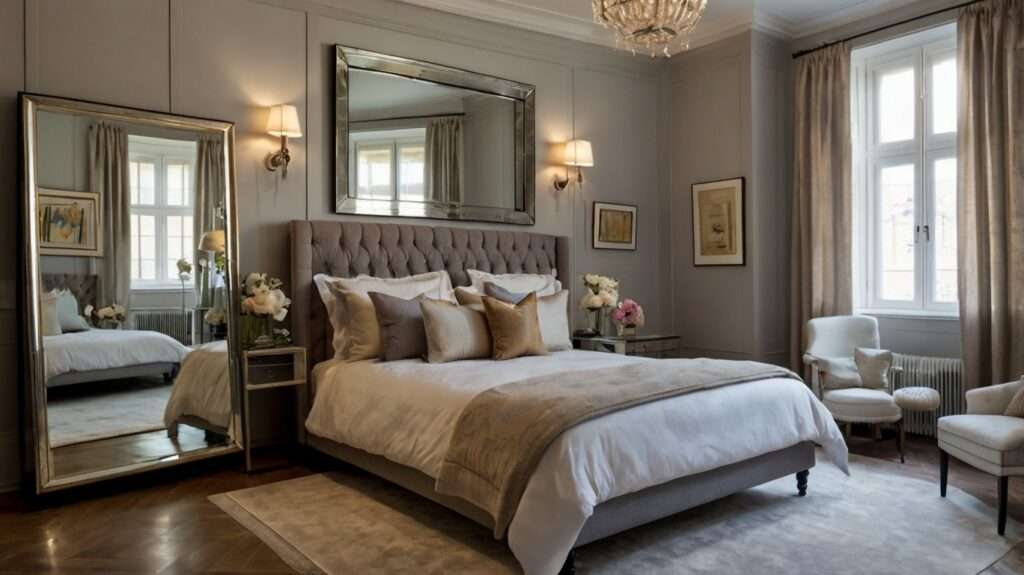
Mirrors are a powerful tool in any decorator’s arsenal, capable of making a room feel both larger and brighter by reflecting light throughout the space. However, the key to getting the most out of your mirrors is strategic placement. Rather than positioning them directly across from windows, which can reflect light right back out, place mirrors on walls perpendicular to windows. This technique allows mirrors to effectively bounce light around the room, creating a more open and inviting atmosphere.
Selecting the Perfect Mirror for Your Space
When choosing a mirror, consider the size, shape, and frame style to ensure it complements your decor. A large, unframed mirror can create a modern, minimalist look, while a mirror with a decorative frame can serve as a statement piece that adds character to your room.
Creative Ways to Use Mirrors Beyond the Living Room
Mirrors aren’t just for the living room—they can be used throughout your home to enhance light and space. In hallways, a well-placed mirror can make a narrow space feel wider. In bedrooms, mirrors can be used to create a sense of depth, while in bathrooms, they can amplify natural light, making the space feel brighter and more spacious. Explore these creative ideas to see how mirrors can transform your entire home.
Scale Artwork to Fit Your Walls
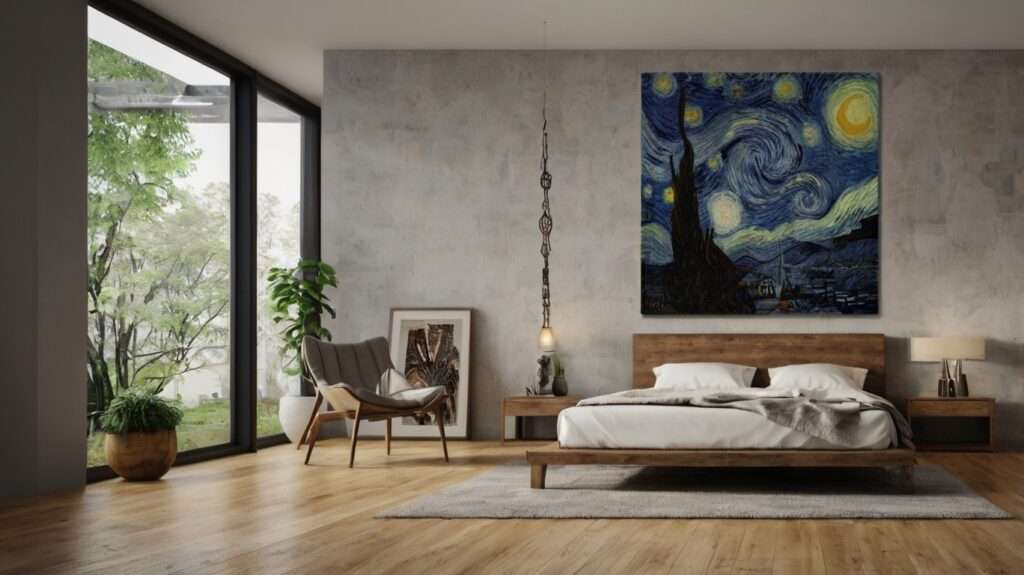
Choosing the right artwork is crucial to enhancing your decor, but scaling it properly is equally important. Artwork should be hung at eye level to create a balanced look, and the size of the pieces should correspond to the dimensions of your wall. For expansive walls, consider opting for a single, oversized piece or a gallery-style arrangement of smaller works. Arrange the smaller pieces with 2 to 4 inches of spacing between them to create a harmonious and engaging display.
How to Create a Balanced Gallery Wall
Crafting a gallery wall involves more than just hanging multiple pieces of artwork. Arrange your pieces thoughtfully to create a cohesive and visually pleasing display. Start by laying out your artwork on the floor or using paper templates on the wall to experiment with different arrangements. Consider varying the frame styles and sizes to add visual interest and balance.
Tips for Hanging Artwork at the Right Height
To ensure your artwork is always at eye level, measure the center of each piece and position it so that it aligns with the average eye level of your household members. This height typically falls between 57 and 60 inches from the floor to the center of the artwork. This method ensures your artwork is always easily visible and contributes to the overall harmony of your space.
Layer Lighting for Ambiance
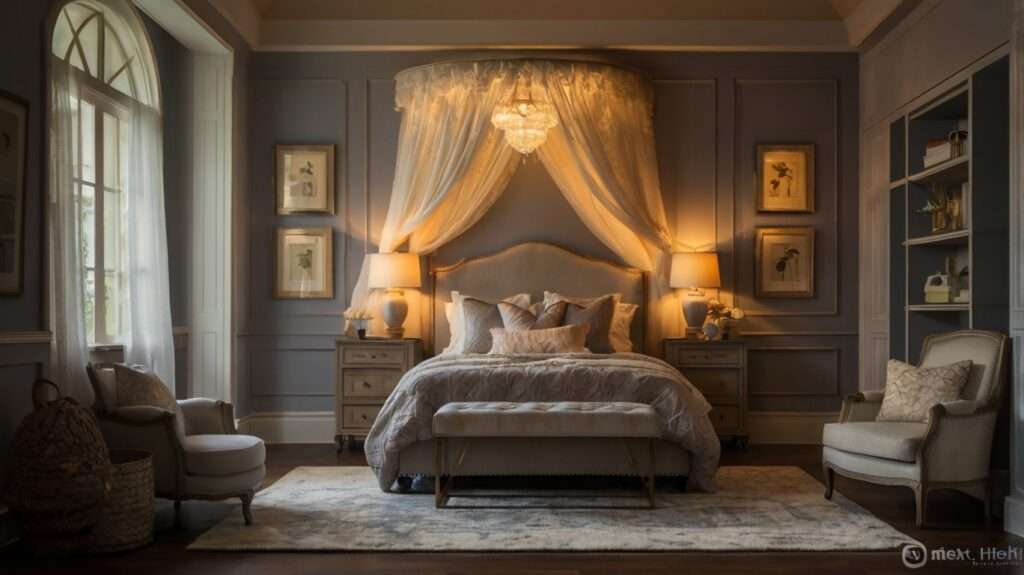
Creating the perfect atmosphere in a room requires more than just a single light source. Layering lighting involves using three distinct types: accent, ambient, and task. Accent lighting highlights key features like artwork, while ambient lighting provides overall illumination. Task lighting is crucial for activities such as reading or cooking. To maximize the sense of space, consider adding uplights in corners to cast a gentle glow on the ceiling, making the room appear larger and more inviting.
The Three Types of Lighting Every Room Needs
Understanding and implementing the three essential types of lighting—accent, ambient, and task—is key to achieving a well-lit and functional space. Accent lighting highlights specific areas or objects, creating focal points and adding depth. Ambient lighting ensures the room is evenly illuminated, while task lighting provides focused light for specific activities. Properly layering these lighting types can dramatically enhance the atmosphere of any room.
How to Use Lighting to Highlight Room Features
Accent lighting is a powerful tool for showcasing your room’s standout features, from artwork to architectural details. Use adjustable spotlights or picture lights to draw attention to art pieces and collectibles. For architectural elements like columns or textured walls, consider wall washers or sconces to create dramatic effects. By strategically placing these lighting sources, you can enhance your decor and create a more dynamic and engaging space.
Anchor Rugs Under Furniture Feet

The right rug placement can significantly enhance the look and feel of your living space. For a cohesive and well-defined seating area, ensure that all four legs of your sofa and chairs rest on the rug. If this isn’t feasible, make sure at least the front two legs are on the rug. This approach helps anchor the furniture and creates a polished, intentional look in your room.
Choosing the Right Rug Size for Your Space
Selecting the perfect rug size is essential for balancing your furniture arrangement and room dimensions. A rug that’s too small can make the space feel disjointed, while a rug that’s too large can overwhelm the room. Consider the dimensions of your seating area and choose a rug that allows all furniture pieces to rest comfortably on it, ensuring a harmonious and well-planned design.
How to Layer Rugs for Added Texture
Layering rugs can introduce additional depth and texture to your space, enhancing its overall style. Start with a large, neutral base rug and add a smaller, patterned rug on top for a stylish, multi-dimensional effect. This technique not only adds visual interest but also makes the room feel warmer and more inviting. Experiment with different textures and patterns to create a look that reflects your personal taste and complements your decor.
Declutter to Refresh Your Space
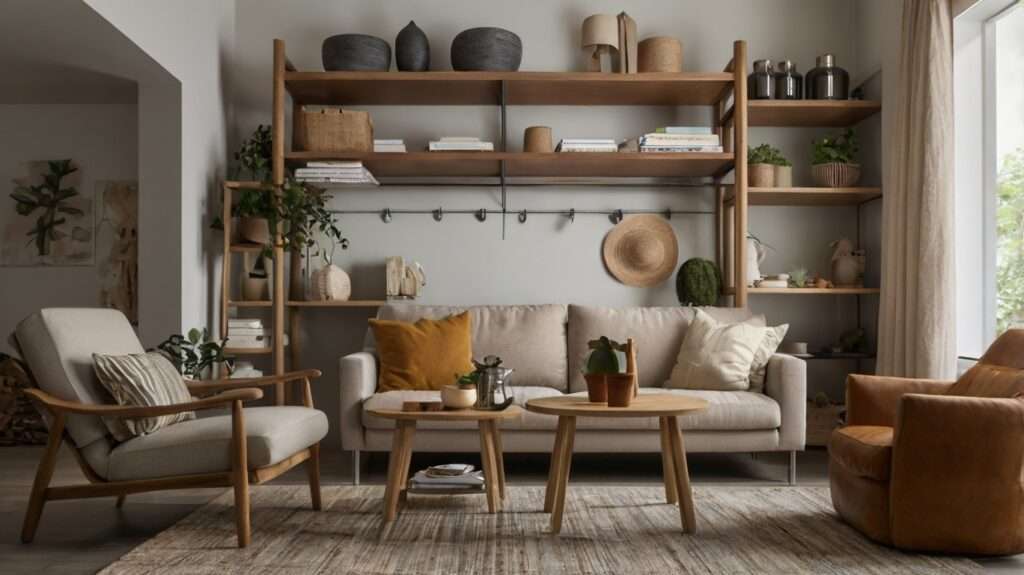
Clutter can silently accumulate, making your space feel chaotic and overwhelming. Decluttering is a straightforward yet transformative way to rejuvenate your home. Whether you choose to hire a professional organizer or take a DIY approach, starting with a plan can help you effectively reduce clutter. Aim to cut down items on shelves by 50% and arrange remaining items in a mix of horizontal and vertical stacks to maintain visual interest and organization.
Decluttering Tips for a More Organized Home
Discover simple strategies to tackle clutter and maintain an organized home. Begin by sorting through your belongings and categorizing items into keep, donate, or discard piles. Regularly assess your storage solutions and consider using bins or baskets to keep small items tidy. Implementing these decluttering tips will not only make your space look cleaner but also enhance its functionality.
The Psychological Benefits of a Clutter-Free Space
Reducing clutter can have profound effects on your mental well-being. A cleaner, more organized environment contributes to a sense of calm and tranquility, reducing stress and enhancing productivity. By creating a clutter-free space, you’re not just improving your home’s appearance but also fostering a more peaceful and balanced mindset.
Use Visual Tricks to Elevate Your Ceilings
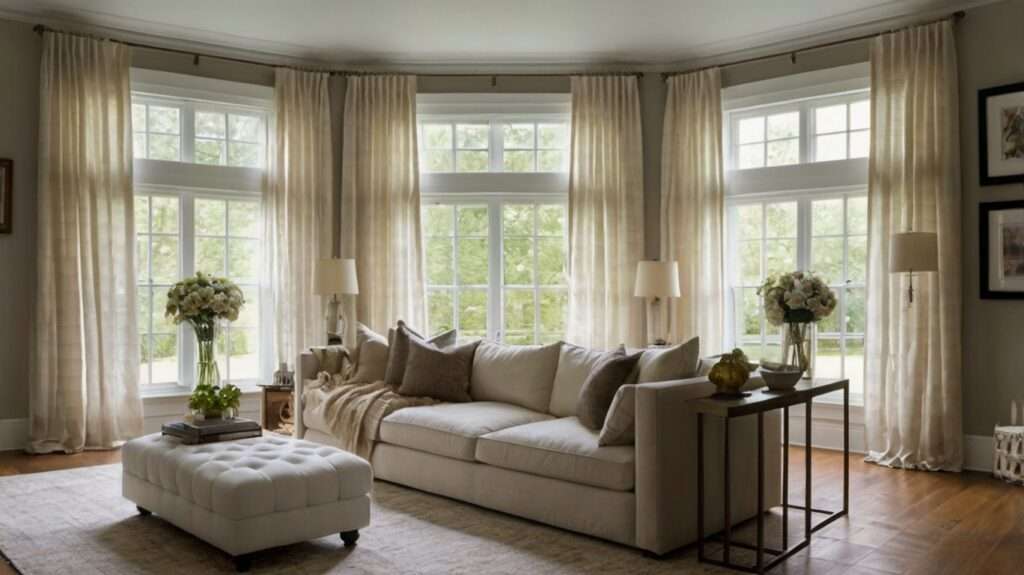
If you’re dealing with low ceilings, don’t worry—there are plenty of visual tricks to create the illusion of height. Painting your ceilings white or a lighter color can open up the space above you, making the room feel more expansive. Additionally, hanging curtains higher than the windows and incorporating vertical stripes or large mirrors can enhance the sense of vertical space and make your room appear taller and more airy.
The Best Paint Colors for Low Ceilings
Explore paint colors that help make low ceilings feel higher. Opt for light and bright shades to reflect more light and create an open atmosphere. White or very light hues are particularly effective, as they don’t absorb light and help draw the eye upward, enhancing the sense of space.
How to Hang Curtains to Make Ceilings Look Higher
Discover how curtain placement can transform your room. Hang curtains as close to the ceiling as possible to create a vertical line that draws the eye upward. Choose floor-to-ceiling curtains or use curtain rods that extend beyond the window frame to maximize this effect, making your ceilings appear higher and your room more spacious.
Update Old Fixtures for a Modern Look
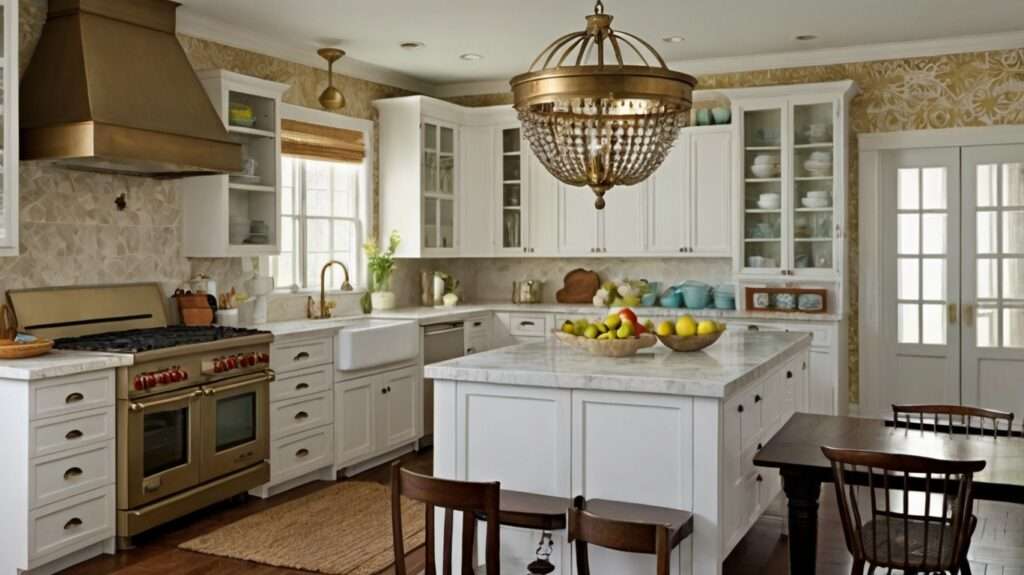
Transforming your home doesn’t always require a complete overhaul—sometimes, the simplest updates can make the biggest difference. Refreshing dated fixtures with a coat of spray paint or using refinishing kits can breathe new life into old items. For instance, updating an old brass chandelier with hammered-bronze paint or revamping outdated kitchen cabinets with white paint and new hardware can instantly modernize your space.
Affordable Fixture Updates That Make a Big Impact
Discover budget-friendly ways to refresh various fixtures around your home. Simple updates like painting or replacing hardware can create a sleek, modern look without breaking the bank. Small changes can significantly enhance the overall aesthetic of your space.
DIY Tips for Refinishing Outdated Hardware
Learn how to give your existing hardware a fresh, contemporary appearance with minimal effort. This DIY guide covers the essential tools and materials needed to update your hardware, making your space look more modern and polished.
Conclusion
FAQ About DIY Home Decorating Ideas
How can I make my room look bigger with DIY decorating?
To make your room look bigger, use light and neutral colors on your walls, incorporate mirrors to reflect light, and choose furniture layouts that promote openness. Additionally, layering lighting and using appropriately sized rugs can also help create a more spacious feel.
What are some common decorating mistakes to avoid?
Avoid limiting light sources, choosing furniture that’s too large or small for the space, and decorating without first decluttering. Additionally, steer clear of using rugs that are too small for the room or placing artwork too high on the walls.
How can I update my home decor on a budget?
Update your home decor on a budget by painting walls in neutral colors, refreshing old fixtures with spray paint, and using new accessories like throw pillows and artwork. DIY projects such as refinishing furniture or updating hardware can also provide a fresh look without significant expense.
What are some effective ways to declutter my home?
Effective decluttering involves reducing the items on shelves by 50%, using a mix of horizontal and vertical arrangements, and considering hiring a professional organizer for a fresh perspective. Regularly assessing and tidying up areas like bookshelves and closets can maintain a clutter-free space.
How can I enhance the natural light in my home?
Enhance natural light by opting for lightweight, sheer curtains or leaving windows bare. Position mirrors strategically to reflect light and choose window treatments that allow for maximum sunlight while maintaining privacy.
References
- DIY Home Decorating Ideas: For more comprehensive DIY home decorating guides, check out House Beautiful.
- Choosing Paint Colors: Visit Sherwin-Williams for expert advice on selecting paint colors for your home.
- Furniture Arrangements: Explore tips for arranging furniture at Architectural Digest.
- Lighting Tips: Learn more about effective lighting strategies from Lighting Direct.
- Mirror Placement: For creative mirror placement ideas, visit Elle Decor.
- Artwork Scaling: Get tips on scaling artwork from Art.com.
- Rug Placement: Discover rug placement tips on Rug & Home.
- Decluttering Strategies: Find effective decluttering strategies at The Home Edit.
- Ceiling Visual Tricks: Enhance your ceilings with visual tricks from Houzz.
- Updating Fixtures: Learn about updating old fixtures with tips from DIY Network.
Related Content :

